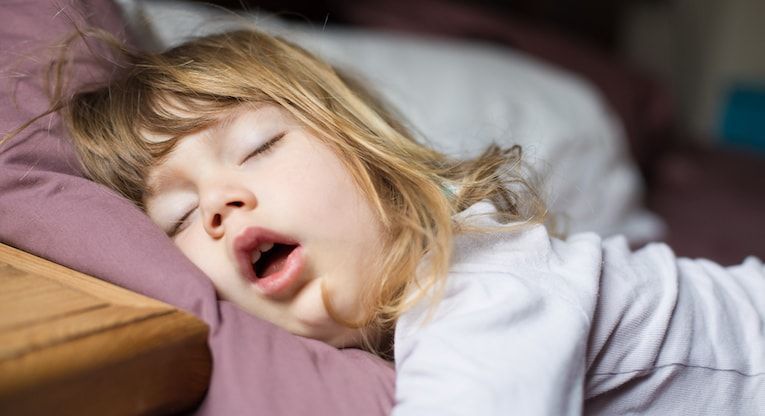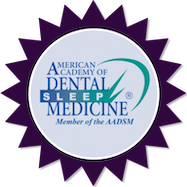Sleep Apnea in Children
We understand that seeing your child suffer in any way is difficult. Sleep is so important for our children and we need to make sure we are attentive to their needs. For adults, sleep apnea appears in a different way than it does for children. Therefore, it is important to familiarize yourself with the signs, symptoms, causes and treatments for sleep apnea in children. We can help with that!
Our children have smaller lungs than we do. This means there is less oxygen in reserve for them to use. As a result, children take frequent, shallow breaths rather than slow, deep breaths like we do. It doesn’t sound like anything bad, but this can cause a child to have too much carbon dioxide in their blood.
Adults with sleep apnea will wake up after breathing stops, even just for a second. However, for children it is quite different. A child does not wake up in response to pauses in breathing. Their higher “arousal threshold” makes their sleeping patterns seem normal when they suffer from sleep apnea. It shows that diagnosing sleep apnea is of utmost importance for their health and well-being.

What are the causes of sleep apnea in children?
Because sleep apnea appears differently in children compared to adults, it is important to know what causes this condition. We care about our kids and we need to make sure they are at their best—that includes how well they sleep.
When it comes to sleep apnea in children, there are some specific causes that can lead to sleep apnea. To help you keep a lookout for what might be a signal that sleep apnea is looming or currently happening, here are some of the causes:
- Obesity.
- Allergies.
- Asthma.
- Gastroenterological reflux disorder.
- The physical structure of the face or jaw has an abnormality.
- Medical and neurological conditions.
One of the most common physical problems associated with sleep apnea in children is large tonsils. Have you noticed that in your child? Young children typically already have quite large tonsils in comparison to the throat. The size peaks at five or seven years of age in kids. However, when their tonsils are swollen, it can lead to a blockage in their airway. And when this occurs, it makes it difficult for them to breathe. It also signals sleep apnea and should be addressed right away.
What are the signs and symptoms of sleep apnea in children?
We cannot emphasize this information enough. When it comes to our children, it is important to know what signs and symptoms to look for. Children experience sleep apnea symptoms differently than adults do, so pay close attention to how they are acting and what might be occurring while they sleep.
If your child has sleep apnea, during the night they might exhibit these symptoms:
- Loud snoring on a consistent basis.
- Pauses, gasps and snorts, as well as breathing stoppage.
- Snorts or gasps that may waken or disrupt them.
- Sleeping in abnormal positions, specifically with their head in an unusual way.
- Heavily sweating throughout the night.
Looking beyond how they sleep at night, there are also tell-tale signs you can catch onto throughout the day. A child who is suffering from sleep apnea can experience one or all of the symptoms during the day:
- Behavioral issues.
- Problems at school.
- Complications with social interactions.
- Difficulty waking up.
- Headaches throughout the day.
- Irritability, agitation and aggression.
- Excessive sleepiness that leads to falling asleep or daydreaming.
- Nasally voice.
- Regular breathing through the mouth.
Pay attention to your child and their health. If you notice any symptoms of sleep apnea or your child has one of the causes of the condition, reach out and talk to Dr. Fuller. If she suspects sleep apnea, she will make a referral to a sleep specialist for proper diagnosis before proceeding to treatment options.
Contact Us Today
Our Hours:
Monday: 8am-5pm
Tuesday: 8am-5pm
Wednesday: 8am-5pm
Thursday: 8am-2pm



